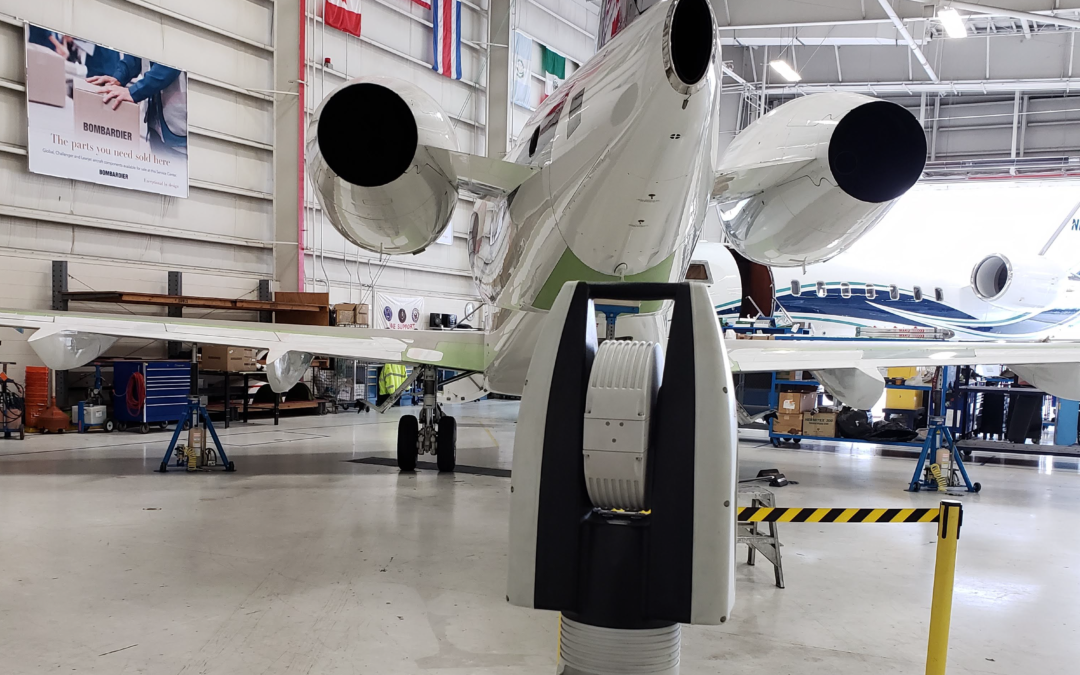When an aircraft is deemed Aircraft On Ground (AOG), it indicates that there is a problem with the aircraft that is extensive enough to prevent it from flying. As soon as an aircraft is out of service, there is a rush to fix the parts or components in order to prevent delays or flight cancellations – all of which can cost the airlines hundreds of thousands of dollars a day.
The term AOG also applies to the specialized teams hired by carriers or manufacturers to manage all that is involved with making sure the aircraft is airworthy per FAA/EASA regulations and the manufacturer’s strict specifications. AOG personnel work with the carriers’ maintenance operations department to dispatch all parts, materials, engineering teams and service providers as rapidly as possible to the location of the grounded aircraft.
Damage to aircraft can be caused by a number of factors including bird strikes, rough landings, hail storms, turbulence and more. OASIS is often called upon by AOG to travel to grounded aircraft in order to provide 3-dimensional metrology services including symmetry and alignment inspections of parts and components such as:
* Pitot tubes
* Landing gear
* Control surfaces
* Antennas
* Skins
* Nose cones
* Other structural damage
Using a portable laser tracker, an OASIS metrology engineer can quickly align to the provided reference points and present inspection or verification data in real-time. This capability is a great improvement over traditional aircraft inspection methods which included at a minimum, a team of two alignment engineers using theodolites, optical levels, transit rulers and/or other geometrical measurement accessories.
AOG teams now know that with 3D metrology services that include laser tracker technology, the previously complicated (and time consuming) inspection process has been greatly improved. With laser tracker technology and often only one metrology engineer, the alignment inspection can be completed faster and much more efficiently. This faster repair turnaround time allows for the aircraft to be back in service quicker and that amounts to huge cost savings for carriers.

